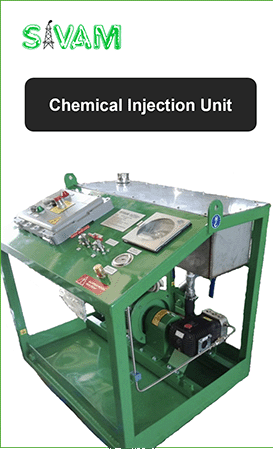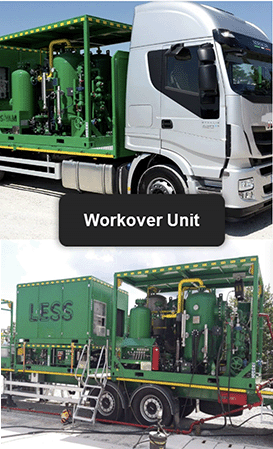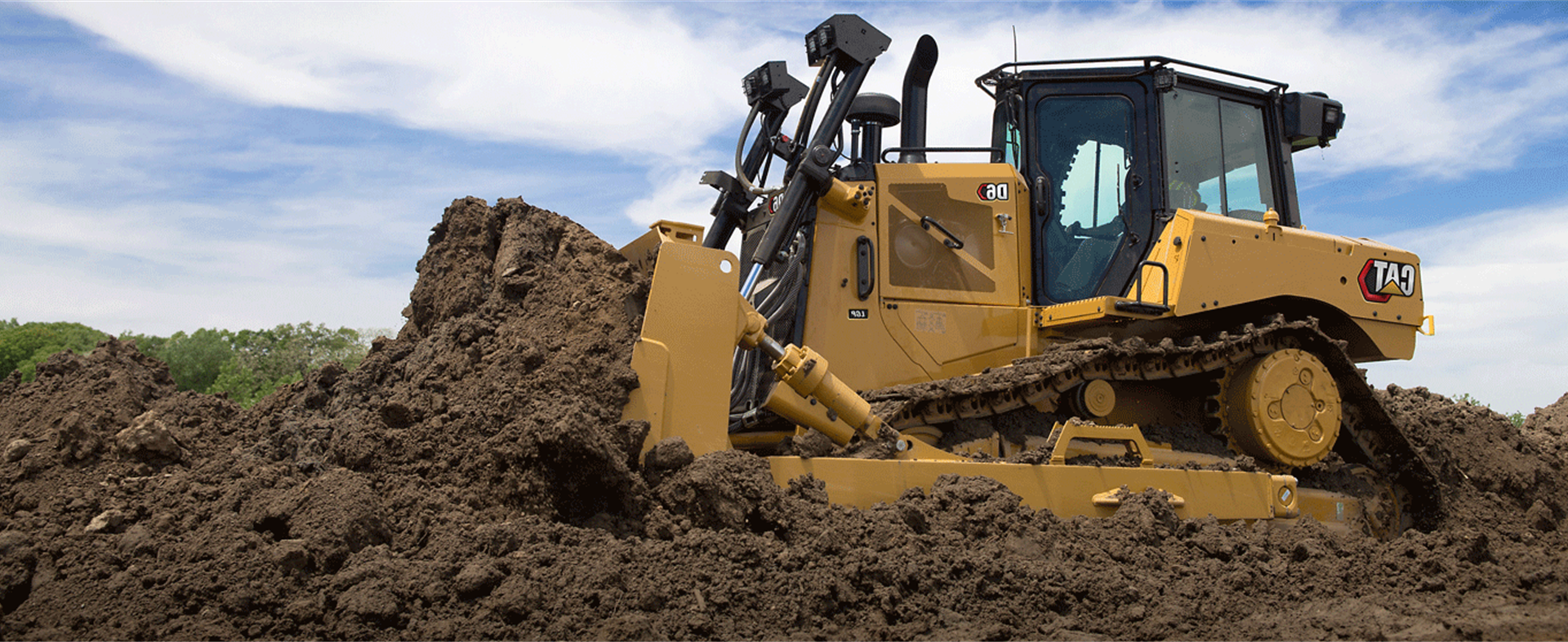
Bell 206 Helicopter
The Bell 206 is a single-engine, light helicopter that was first introduced in the 1960s and has been used for a variety of roles, including transportation, search and rescue, and aerial surveying. The helicopter is designed and manufactured by Bell Helicopter, a division of Textron Inc. The Bell 206 features a two-blade semi-rigid main rotor and a two-blade tail rotor. The main rotor is designed to provide lift and control, while the tail rotor is used to counter the torque produced by the main rotor and provide directional stability. The main rotor is made of aluminum, which makes it lightweight and durable. The rotor system is designed to provide a high level of performance and safety, and it is equipped with advanced vibration dampers to reduce noise and vibration.
The Bell 206 is powered by a single turbine engine, typically an Allison 250. The engine provides power to the main and tail rotors through a transmission system. The PT6 engine is a powerful and reliable turbine engine that provides a high level of performance and efficiency. The engine has a maximum power output of 550 shp (410 kW), and it can provide a maximum speed of 137 knots (254 km/h) and a maximum altitude of 14,000 ft (4,267 m).
The helicopter can accommodate up to six passengers and features a spacious cabin with large windows for improved visibility. The cabin is equipped with comfortable seats and a variety of amenities, such as air conditioning, heating, and audio entertainment systems. The helicopter also features a large cargo area that can be used to transport a variety of cargo and equipment. The Bell 206 is designed with safety in mind, and it is equipped with a variety of safety features to protect the passengers and crew. The helicopter is equipped with energy-absorbing seats and crash-resistant fuel tanks, which are designed to protect the occupants in the event of an accident. The helicopter also features a number of advanced avionics and navigation systems, such as a digital autopilot, a weather radar, and a GPS navigation system.
The Engineering specifications for the Bell 206 are: Length: 38 ft 8 in (11.79 m) Height: 12 ft 8 in (3.86 m) Main rotor diameter: 34 ft (10.36 m) Tail rotor diameter: 5 ft 6 in (1.68 m) Empty weight: 2,175 lb (985 kg) Maximum takeoff weight: 4,100 lb (1,860 kg) Fuel capacity: 132 US gallons (498 L) Powerplant: 1 × Pratt & Whitney Canada PT6-35A or PT6A-28 turboshaft, 410 kW (550 shp) Maximum speed: 137 knots (254 km/h) Service ceiling: 14,000 ft (4,267 m) Rate of climb: 1,350 ft/min (6.9 m/s) Range: 300 nmi (556 km) In conclusion, the Bell 206 is a versatile, reliable and safe helicopter, with a high performance level, that has been used in multiple roles since its introduction. Its design, engineering and technology make it a great option for transportation, search and rescue, and aerial surveying. It is still in use today and continues to be a popular choice among operators and pilots.
You may also like
Image from https://winair.ca/blog/fundamental-guide-bell-206-helicopter/
Image from http://www.aviastar.org/helicopters_eng/bell_206.php
The goal for 'Ballycatter Tech' is giving high value content and offering the best experience every day.





